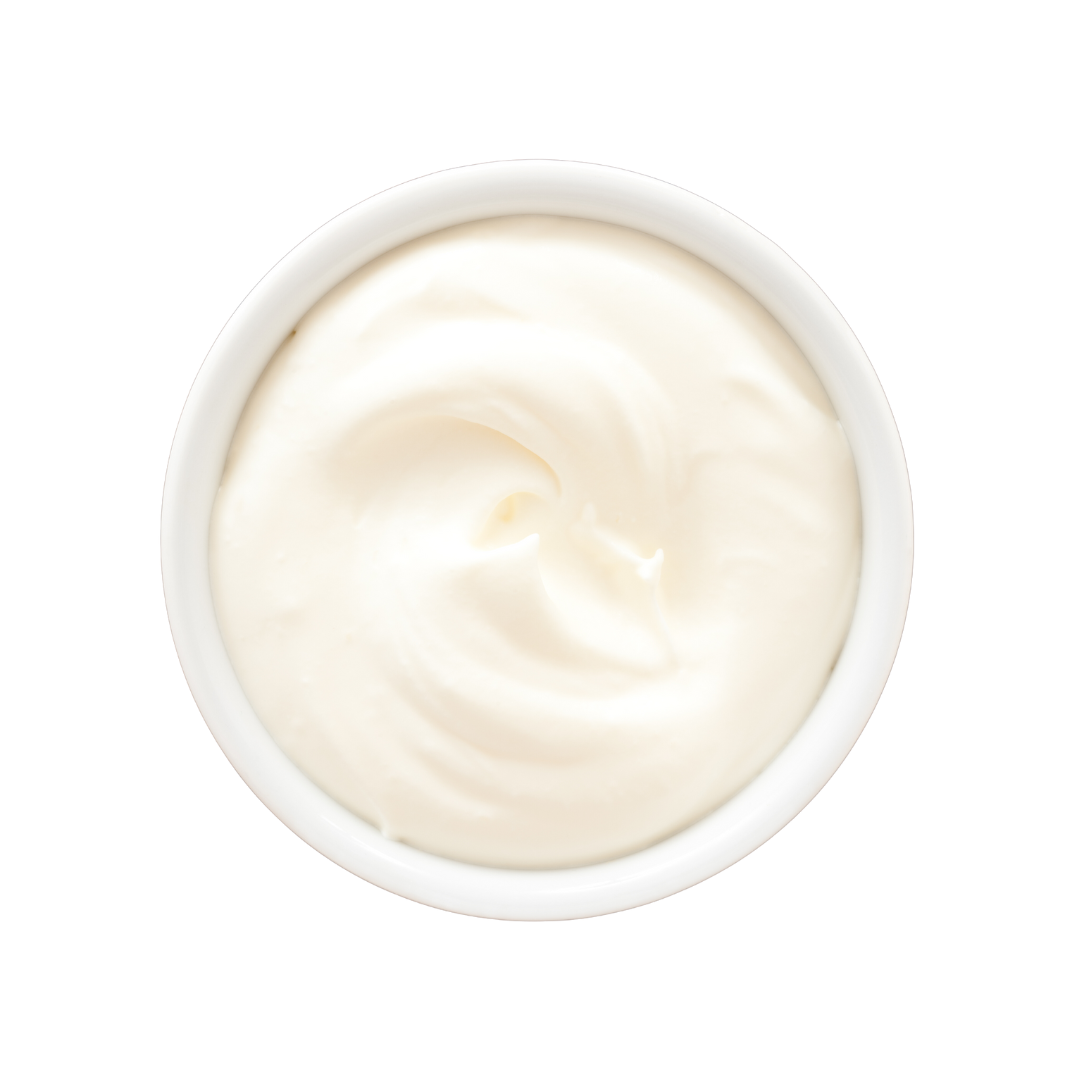
Tallow vs Lard
Share
What's the difference between Lard and Tallow?
Lard and tallow are two popular animal-derived fats that have been used in cooking and household products for centuries. Not only are they known for their high melting points and rich flavor profiles, but they also have a variety of uses in skin care. While there are some similarities between these two fats, there's also some key differences. So, let's take a look at 5 key differences between lard and tallow!
1. Source
Lard is a type of fat that is obtained from pigs, whereas tallow is fat that is obtained from beef or mutton.
2. Flavor
Lard and tallow have distinct flavors that can affect the taste of the food that they are used in. Lard usually has a mild flavor and a slightly sweet aroma, which makes it a popular choice for baking and frying. Tallow, on the other hand, has a more distinctive flavor and aroma, which can be described as slightly beefy or muttony. It is often used in savory dishes such as stews and roasts. The flavor difference between lard and tallow is subtle and depends on the specific source of the fat, as well as the processing method used to extract it.
3. Texture
The texture difference between the two is that lard is typically softer and has a more creamy texture, while tallow is firmer and has a harder texture. This is because lard is made up of more unsaturated fats, which have a lower melting point, while tallow is composed of more saturated fats, which have a higher melting point.
4. Nutrition
Saturated fat content: Lard has a higher percentage of saturated fat compared to tallow. Saturated fat is linked to increased risk of heart disease, so it's important to consume these fats in moderation.
Cholesterol content: Lard has higher cholesterol content compared to tallow. Both saturated fat and cholesterol can raise blood cholesterol levels, which can increase the risk of heart disease.
Nutrient content: Tallow is richer in nutrients compared to lard. It contains more vitamins A, D, E, and K, as well as minerals like calcium and magnesium.
Smoke point: Tallow has a higher smoke point compared to lard, which
means it can be used for high-temperature cooking methods like frying without breaking down and producing harmful compounds
5. Skin care benefits
Lard is a good moisturizer, but it is a bit heavier than tallow and may not absorb into the skin as easily. However, lard is rich in oleic acid, which can help improve the elasticity of the skin and reduce the appearance of fine lines and wrinkles. Tallow, on the other hand, has a higher concentration of rich nutrients such as vitamins A, D, E, and K, conjugated linoleic acid (CLA), and other antioxidants which are known for its healing and nourishing properties. This makes tallow an excellent moisturizer that can help soothe and heal dry or irritated skin. Additionally, it has similar composition to the natural oils produced by our skin, making it more easily absorbed.
Tallow and lard are two versatile and delicious fats that have been used for centuries in cooking and baking. Whether you are a professional chef or a home cook, these fats can add a wonderful flavor and texture to your dishes. They are also great for skincare and soap making, making them a multi-functional ingredient in your kitchen and bathroom. So, next time you are thinking about what to cook or how to care for your skin, consider using tallow or lard - your taste buds and skin will thank you! :)
